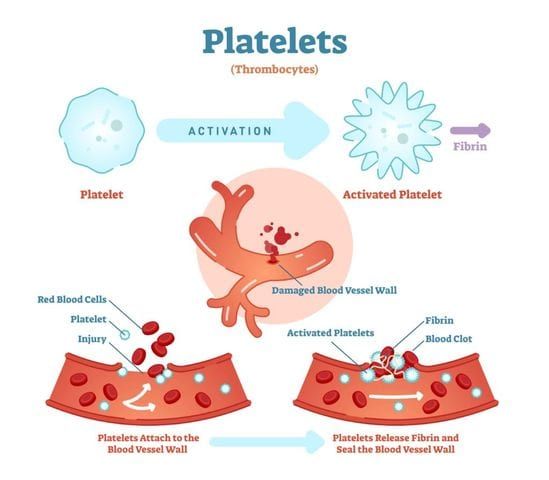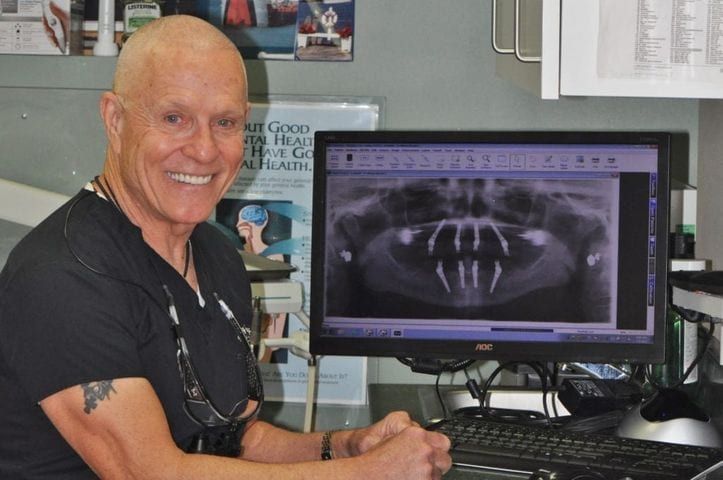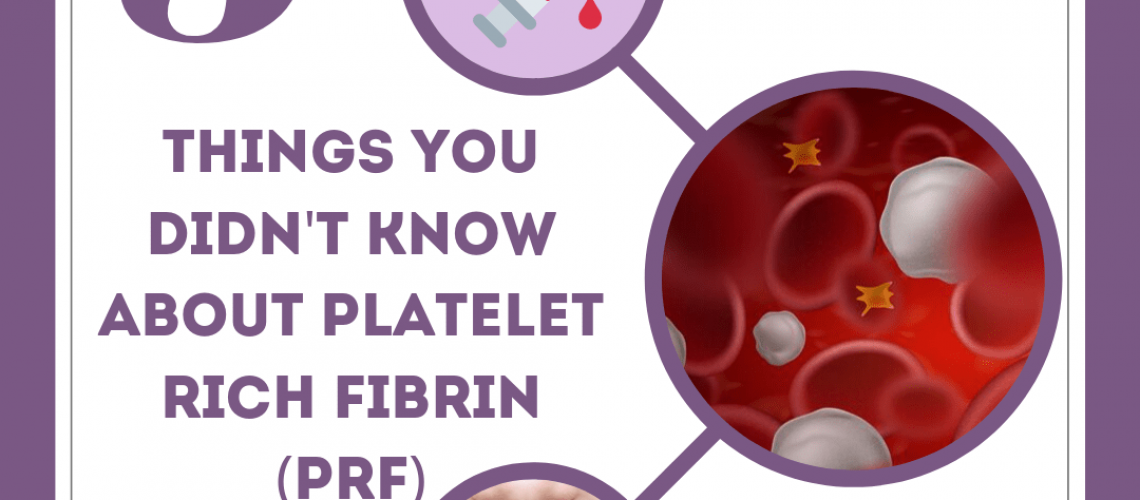Every day, modern dentistry continues to advance. One such advancement was the introduction of a highly durable and aesthetic restoration method better known as dental implants. Dental implants are artificial tooth roots that sit within the jawbone and act as anchors to a dental prosthetic.
Not only has dental technology advanced in terms of restorations, but the techniques used to place dental implants have advanced as well. Nowadays, placing dental implants is easier than ever with the use of dental sedation and anesthetics.
Recently, many dental implant specialists have also incorporated an additional step in their placement of dental implants. After the dental implants are in place, platelet rich fibrin (PRF) is used to promote faster healing and better treatment outcomes. Because PRF is a relatively new treatment, here are 5 things you don’t know about PRF:
#1: PRF is Made Using the Patient’s Blood
PRF is made from leukocytes (white blood cells) which heal, platelets (blood cells) which attract healing cells to form blood clots, and fibrin which works with platelets to form blood clots. To produce PRF, the patient’s blood is collected in a tube. Then, the blood is placed in a centrifuge where the healing cells and proteins are isolated and concentrated.
#2: PRF Acts as a Bioactive Band-Aid
When the PRF is placed at the treatment site, it initiates the clotting process and delivers specific healing proteins to the area. In some cases, the PRF can be supplemented with other biomaterials, such as bone growth material. In these instances, bone growth material is contained within a PRF membrane. This membrane can either be stitched over the surgical wound or placed within the socket of an extracted tooth and sutured shut. Overtime, the PRF will help promote bone regeneration in the affected area.

#3: PRF Can Be Used for a Variety of Treatments
While PRF is commonly associated with the placement of dental implants, it has also proven to be beneficial in coordination with other procedures required for the placement of dental implants. PRF can be used for treatments such as tooth extractions, sinus lifts, ridge expansions, and bone or palatal defect procedures. For more information on supplementary procedures, see “Ridge & Sinus Augmentations” as well as “Why Place Dental Implants Immediately After an Extraction”.

#4: PRF is Effective for 14 Days Following Initial Placement
As with any procedure, the first few weeks are usually the worst part of recovery. However, when PRF is placed at the treatment site, it will continue to promote clotting and increase the amount of healing proteins for 14 days after its placement. This means that the body is able to efficiently heal itself faster, making the recovery process easier and less painful.
#5: PRF is Very Safe
PRF has been approved by the Food and Drug Administration (FDA) as a safe treatment. Furthermore, since PRF originates from the patient’s body, it is almost always biocompatible. This means that the risk of post-operative complications such as allergic reactions, rejection, or side effects are significantly reduced. In fact, because PRF is obtained from the patient’s blood, complications are rare.
As you can see, the use of platelet rich fibrin (PRF) is highly beneficial is the placement of dental implants. PRF provides a safe and effective treatment that allow for faster healing and less post-operative complications. If you are considering dental implants, do yourself a favor and request a dental implant specialist who is well-trained in advanced techniques such as the addition of PRF.

Dr. Gregory J. Young is a Diplomate and board certified by the American Board of Oral Implantology/Implant Dentistry. He is also an Associate Fellow of the American Academy of Implant Dentistry. Additionally, he provides education, training and mentoring to his colleagues in all phases of implant dentistry. He has over 37 years of experience and dedicates his practice solely to implant dentistry and training.




